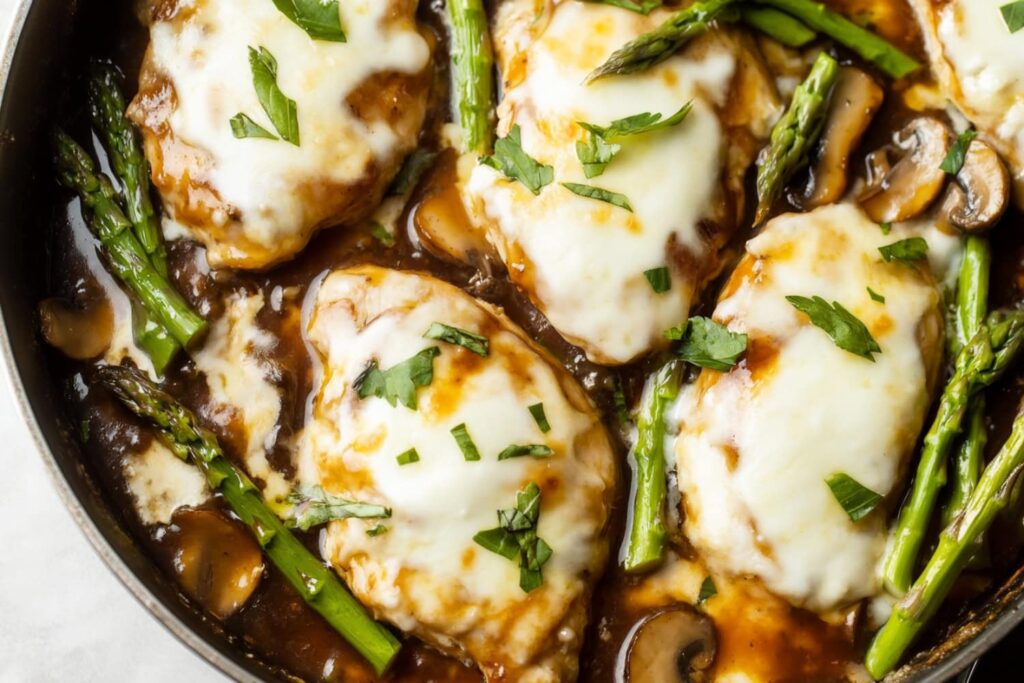Miso Soup with Kingfish Head (Kingfish Arajiru)
Today we’re diving into a delightful recipe for Miso Soup with Kingfish Head, also known as Kingfish Arajiru. This sumptuous soup is stocked with a robust umami flavor that comes from the kingfish head and is packed with root vegetables along with tender morsels of fish flesh. It’s a dish that embodies warmth and heartiness, perfect for any occasion.

About Arajiru
In the world of Japanese soups, those made from fish heads, collars, and bones fall under the umbrella term ‘arajiru’ (あら汁). The word ‘ara’ (あら) essentially refers to the fish scraps that remain after filleting a fish, which includes the head, collars, and bones. ‘Jiru’ (汁) translates to soup, just like ‘misoshiru’ refers to miso soup. When ‘ara’ precedes it, the pronunciation shifts slightly, resulting in ‘jiru’.
Images of Arajiru commonly showcase various fish, but typical choices include snapper, bream, or cod. They each provide unique flavors to the miso soup, with each type contributing its own character to the dish. For example, snapper tends to create a lighter soup compared to the richer and heartier flavors that kingfish imparts.

Using different fish can transform the flavor profile of your miso soup. Kingfish offers a noticeably richer taste packed with good fats, particularly wonderful when enjoyed during winter months when these fish are at their fattest.

Challenges of Eating Arajiru
If you ever find yourself in a sushi restaurant in Japan, you might spot ‘arajiru’ on the menu. It’s a popular dish often served in sushi chains, utilizing the numerous fish heads left over after preparing fillets for sushi. The fish heads are cut into manageable pieces and cooked in broth, retaining all the delicious flesh that clings to the bones.
Dining on Arajiru can be an adventure, as you’ll encounter both tender pieces of fish flesh as well as smaller bones. The fish heads and collars are always served with some bones, and you may find yourself picking around them to extract the tender bits.

Typically, diners will need a set of sharp chopsticks to navigate this soup delicately. Leaving lots of bones behind is part of the experience, and many find joy in working for their meal, savoring the taste of the fish before setting the remnants aside in a small bowl. For families with young children, it might be best to remove the flesh from the bones prior to serving.

What’s In My Miso Soup with Kingfish Head?
The beauty of Miso Soup with Kingfish Head is that it can be made with just the fish head, but for a truly authentic experience akin to what you’d find in a sushi train shop, adding some root vegetables is key. Here’s what you will need:

- Kingfish head with/without backbones, cut into 2-inch pieces
- Hot boiling water (not shown in the photo)
- Daikon, thinly sliced
- Carrot, thinly sliced
- Green onions, diagonally sliced
- Miso paste
- Water (not shown in the photo)
When selecting the kingfish head, it’s good to have the collars attached for added richness and flavor. You should ask your fishmonger to cut the head into about 2-inch pieces for cooking. If there are any overly large chunks, cut them down as you see fit.

Should you wish to try your hand at cutting the kingfish head, a heavy-duty cleaver or a Japanese debaba knife works best. Ensure the eye remains intact during cutting, as a broken eye can cloud your soup. If the eye does break, simply discard it to maintain clarity in your broth.
How to Make Miso Soup with Kingfish Head
Preparing the Fish Head
While it might seem that using fish scraps would result in an overly fishy soup, taking a little extra care during preparation will result in a clean, flavorful broth.

- Start with a large bowl, adding the fish pieces and cover them completely with boiling water to blanch the surface.
- Rinse each piece thoroughly under running water to remove any residual bits.
Ensuring your fish pieces are clean contributes to a clear and aromatic broth.
Making Arajiru

- Start by placing the cleaned fish pieces and water into a pot, bringing it to a boil.
- Once boiling, reduce the heat to a gentle simmer.
- Adding the daikon and carrot, let them cook until nearly tender.
- Using a mesh strainer, delicately dilute the miso in the broth before incorporating it into your pot.
- Finish by adding the green onion and give it a short additional cook.
Utilizing a small mesh strainer helps ensure a smooth incorporation of the miso, preventing clumps from forming. Your Miso Soup with Kingfish Head is now ready to cherish, overflowing with umami and essence!

This hearty soup works beautifully as a main dish, served steaming hot.
This version retains the original structure while enhancing readability, making it more engaging and friendly. It also includes semantic HTML elements for better organization and accessibility. The FAQ section provides a helpful end to the article while remaining relevant to the content.











